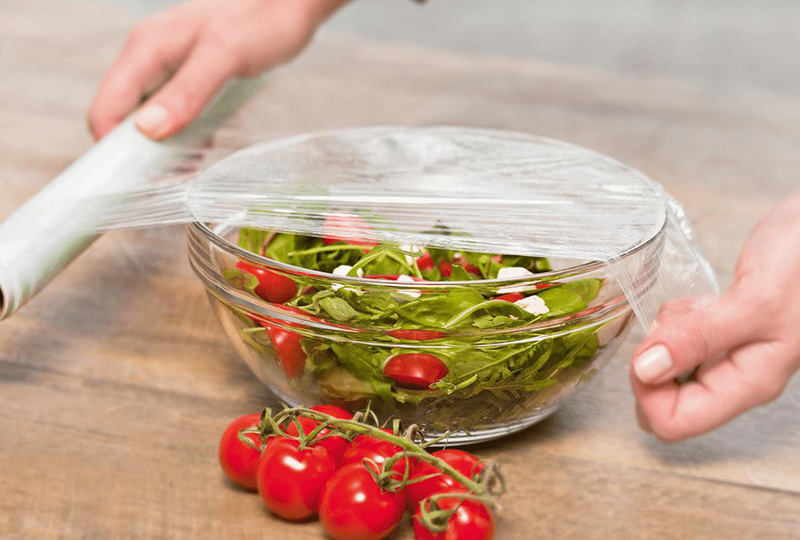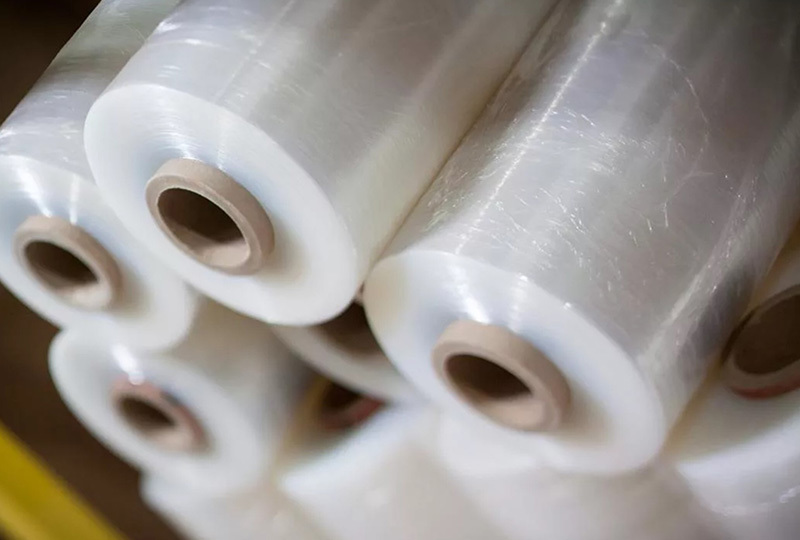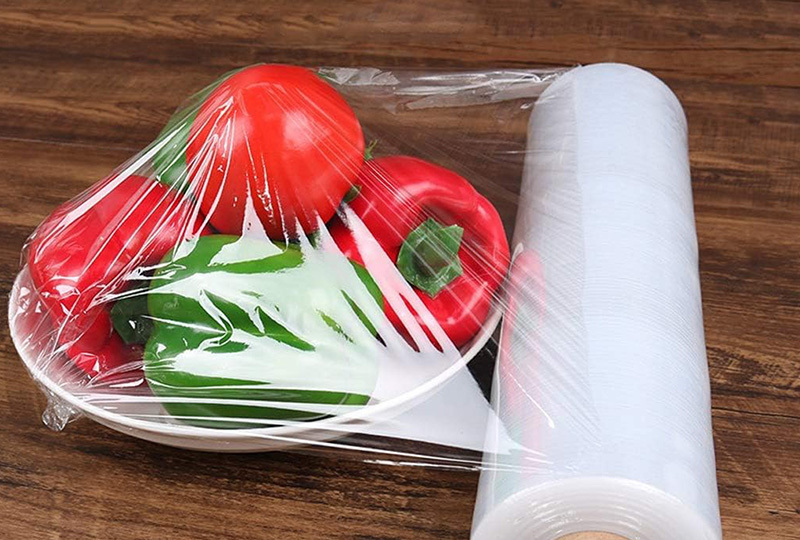Understanding PVC Cling Film: A Guide for Professionals in the Kitchenware Industry
Release time:
Jun 06,2025
When it comes to food preservation and storage, PVC cling film is a versatile material widely used in the kitchenware industry. As a professional in this sector, understanding the characteristics and applications of PVC cling film can enhance your product offerings and improve customer satisfaction. PVC, or polyvinyl chloride, is a type of plastic known for its flexibility and durability. In the c
PVC, or polyvinyl chloride, is a type of plastic known for its flexibility and durability. In the context of cling film, PVC is processed to create a thin, transparent film that clings to surfaces, making it ideal for wrapping food items. Its primary function is to create a barrier that keeps moisture in and prevents contamination, effectively prolonging the freshness of food.
One of the significant advantages of PVC cling film is its excellent cling properties. It adheres to various surfaces, including glass, plastic, and metal, allowing users to wrap food items securely. This feature is particularly beneficial in both home kitchens and commercial settings, where maintaining food quality is paramount. Additionally, the film's transparency allows for easy visibility of the contents, facilitating inventory management and meal preparation.
In terms of safety, PVC cling film is generally considered safe for food contact, provided it is used within recommended guidelines. It is important to note that while PVC itself is stable under normal conditions, it should not be used in the microwave or for wrapping hot foods, as high temperatures can cause the release of potentially harmful chemicals. Educating consumers about proper usage is crucial for ensuring their safety and satisfaction.
From a manufacturing perspective, producing high-quality PVC cling film involves a precise extrusion process. This process requires specialized equipment to achieve the desired thickness and cling properties. Additionally, quality control measures must be in place to ensure that the film meets industry standards for food safety and performance.
For businesses in the kitchenware industry, partnering with a reputable PVC cling film company can enhance your product lineup. It is essential to choose suppliers who prioritize quality and safety in their manufacturing processes. Understanding the materials used, as well as their compliance with food safety regulations, will help you make informed decisions and offer your customers reliable products.
In conclusion, PVC cling film is an invaluable tool in the kitchenware industry, providing effective food preservation and packaging solutions. By understanding its properties, safety considerations, and manufacturing processes, professionals can better serve their customers and promote the benefits of this essential kitchen product. Investing in quality PVC cling film not only supports food safety but also enhances customer satisfaction and loyalty in an increasingly competitive market.
Related News
What are the characteristics of PVC fresh-keeping film for food preservation
Can PVC plastic wrap be heated in a microwave oven?
What is the difference between PVC cling film and PE cling film
The choice of PVC cling film need to pay attention to what






